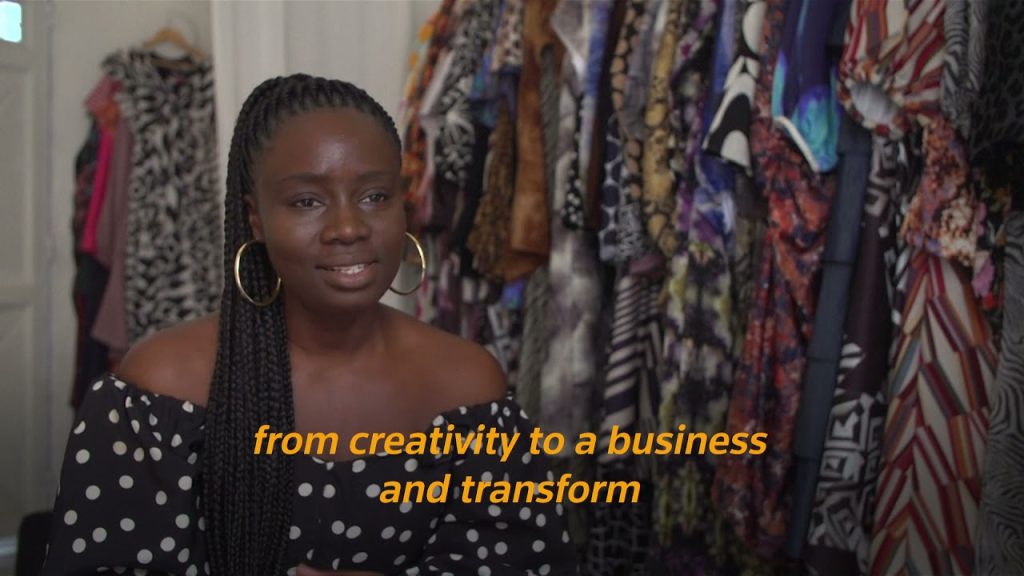West Africa is leading the change to a sustainable future for the global fashion industry because it can be the pioneers of eco-friendly and easily scalable practices in the new industry standard. This remarkable shift has come at a time when sustainability in fashion is fast becoming a much-needed change because of growing environmental concerns and demand from consumers for ethical practices. West African designers are not simply showcasing a unique cultural heritage but are also making some of the strongest moves toward promoting environmentally friendly fashion. Technologically and conceptually innovative, this paper details why West Africa is a leader in this field of sustainable fashion, captioning innovative developments taking place and providing implications for wider reconsideration in the global fashion industry.
Advancing Cultural Originality and Sustainability
West African fashion designers are deeply rooted in their cultural heritage, and that influence finds its way down into approaches to sustainability. Original techniques and local materials are at the heart of their setups and serve to focus on craftsmanship and resourcefulness. For a designer such as this, only small amounts of waste are produced, as their work is mostly carried forward by traditional fabrics and methods in design. In another sense, it points out to cultural heritage being able to align with current sustainable goals, therefore serving as a light to drive the pathway for the innovativeness of tradition in fashion.
Sustainable Innovative Practices
A new wave of sustainable practices by West African designers includes upcycling old garments into completely new designs and inducting natural dyes derived from local plants. In addition, most designers are very conscious of what goes on in the production process; fair wages and good working conditions are what they strongly believe in. This does not only help the environmental sector but also dictates the social welfare of the local communities from an economic perspective.
Local Materials and Environmentally Friendly Textiles
Among the other important factors of the sustainable fashion movement in West Africa is the local material and eco-friendly fabrics. Designers are reverting to natural fibers such as cotton, silk, and wool, largely locally resourced and produced with minimal environmental degradation. This reduces carbon emissions from the import of textiles and supports the local economy. Other designers also experiment on alternative fabrics made from recycled or organic material, further pushing their sustainability efforts.
Challenges and Solutions
Even with all the advancements, there are many challenges West African fashion designers have to surmount to be sustainable. These include limited access to eco-friendly materials, the higher costs of production, and infrastructural constraints. New solutions are being designed to overcome these very limitations. For example, some local artisans collaborate with some designers to make sustainable materials and start investing in the infrastructure that is required for eco-friendly production. West African designers, therefore, are increasingly getting over such hurdles and hence leading towards a future for a sustainable fashion industry.
West Africa is taking its place among the leaders in sustainable fashion, with designers and brands within the region presenting their work on global platforms. Both proportionally and in sheer numbers, more and more designers from West Africa are being showcased in global fashion weeks, exhibitions, and awards focusing on sustainable designs. Such visibility could not only increase the prowess of designers from West Africa, but also set the global trends by which other designers worldwide are likely to learn and start emulating.
Economic devolution characterizes the development of sustainable fashion in West Africa. Driven by eco-friendly factors among the designers, it opens up new business opportunities and job creation in the local setting. The growing needs of sustainable fashion are arousing interest bound by investment and international support, set to live a trail of increased economic yields and a chance of lifetime growth for West African.
Educational and Community-Based Programs
WAD has undertaken the initiation of community-based and educational programs to educate the native population and act as a carrier for sustainability development practices within the sustainable fashion community of West Africa. Some potential ways of creating knowledge among the future designers include through workshops, seminars, and training being conducted in different local schools and universities. It will be a constant and potential option to be used in creating knowledge about sustainable practices in the future.
Future Possibilities and Trends
Looking ahead, West Africa is only going to continue growing in its sustainable fashion industry. With the rising awareness about environmental issues, designers are likely to further refine their practices and explore new sustainable technologies. Its characteristic confluence of tradition and modern innovation is likely to continue influencing global trends in fashion and further strengthen the region’s lead in the domain of sustainable design.
Impact on Global Fashion Industry
The sustainability perspective in West Africa has been muscular to the entire global fashion marketplace, as designers from West Africa are proving the high quality, stylish, and eco-friendly way of making fashion possible. Their success is an inspiration for designers all over the world to take part in innovating more and more sustainable approaches within the fashion industry.
West Africa’s leading role in sustainable fashion has paid testimony to the innovative spirit of the region and its continued resolve in realizing environmental responsibility. West African designers conserve cultural heritages and enable roles of positive change within the global fashion industry via the use of traditional techniques, local materials, and ethical practices. This contribution from West Africa will be very important in the future of fashion and the achievement of a more sustainable and ethical industry as the demand for sustainable fashion grows.
